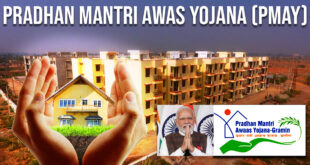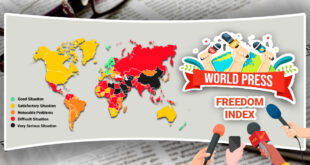It is a matter of shame for the Union Government and several State governments that the Supreme Court has had to remind them of their “consistent failure” in the past five years to act against the lynching of and mob violence against Muslims and marginalised sections by “cow vigilantes” in particular.
Following a petition by the National Federation of Indian Women highlighting this failure, the Court has asked the Ministry of Home Affairs, Maharashtra, Odisha, Rajasthan, Bihar, Madhya Pradesh and Haryana to respond to it.
Tehseen S. Poonawalla vs Union of India
In 2018, the Court, in Tehseen S. Poonawalla vs Union of India, had held that it was the “sacrosanct duty” of the state to protect the lives of its citizens and that the authorities have the “principal obligation” to prevent “vigilantism” of any kind.
It had come up with guidelines which included the designation of a nodal [police] officer in each district, who, with the identification of districts/blocks/villages where mob violence and lynching have occurred in recent years,
The help of police intelligence, would work towards tackling such incidence in coordination with other government agencies.
They were also to be aided by the initiative of the Home Ministry and State governments in sensitising law enforcement officials and warning the public about the consequences of engaging in mob violence or vigilantism, among other measures.
cow vigilantes
Cow vigilantes, also known as “gau rakshaks” in India, are groups or individuals who take it upon themselves to protect cows, which are considered sacred animals in Hinduism, from slaughter or harm. These vigilante groups have gained prominence in India, especially in the last couple of decades, leading to both admiration and controversy.
The main motivation behind cow vigilantes is the belief that cows are sacred and should be protected from any harm, including slaughter for beef consumption. They often target those involved in the cattle trade or transportation, suspecting them of illegal cow slaughter or transportation of cows for slaughter.
While their intentions might be rooted in religious and cultural beliefs, cow vigilantes have been associated with various incidents of violence and vigilantism.
There have been instances where they have taken the law into their own hands, attacking and even killing individuals they suspect of being involved in cow slaughter or beef trade.
Such acts have led to communal tensions and polarized opinions in the country.
The issue of cow vigilantes has become a subject of significant debate and criticism from various quarters.
Critics argue that these groups undermine the rule of law and contribute to an atmosphere of fear and intimidation.
They also point out that such vigilantism is detrimental to the social fabric and can lead to a breakdown of law and order.
In response to the growing concerns, the Indian government and many state governments have taken measures to discourage vigilantism and enforce strict laws against mob violence.
Despite these efforts, incidents involving cow vigilantes continue to be reported in different parts of the country, highlighting the complexity of the issue and the challenges in addressing it effectively.
It’s essential to approach this topic with sensitivity and understand the cultural, religious, and social factors that contribute to the existence and actions of cow vigilantes.
However, it’s equally important to emphasize the significance of upholding the rule of law and promoting a peaceful and inclusive society where all citizens are treated with dignity and respect.
 Chinmaya IAS Academy – Current Affairs Chinmaya IAS Academy – Current Affairs
Chinmaya IAS Academy – Current Affairs Chinmaya IAS Academy – Current Affairs



